46+ Office Locations
Across Southern California
Over 2,200+
Sales Associates
#1
Market Share For Closed Transactions
#1
Southern California
55+
Office Locations
#1
Independent Brokerage for Closed Transactions in Southern California
#1
Real Estate Network in The World, Founding Member
2,2K+
Sales Associates
Market Share For Closed Transactions
IN CALIFORNIA & NATIONALLY RANKED
Office Locations
Independent Brokerage for Closed Transactions in Southern California
Real Estate Network in The World, Founding Member
Sales Associates

For Closed Transactions in Southern California
For Closed Transactions
Founding Member
Across Southern California
Sales Associates

A master-planned community encompassing the eastern portions of Anaheim in Orange County.
Read More
Located in San Bernardino County at the historic crossroads of pioneer trails in the Mojave Desert.
Read More
Upscale homes near tech giants like Microsoft and Amazon. Ideal for luxury buyers and executive relocations.
Read More
The region includes a beautiful freshwater lake, 2 premier ski resorts, and over 300 days of clear blue sky.
Read More




A small surf town featuring luxury real estate with gorgeous panoramic ocean views and a laid-back lifestyle.
Read More
Features many antique shops, clothing stores, restaurants, a weekly farmer’s market, and an annual marathon.
Read More
The town’s name derives from “Cathedral Canyon” to the south of the town, named in 1850 by Henry Washington.
Read More

It generally consists of land on the seaward face of the San Joaquin Hills perched on the Pacific Ocean.
Read More
A popular resort city located across the bay from downtown San Diego in San Diego County.
Read More
Offers residents a range of communities and neighborhoods, 26 parks, a municipal golf course, 26 public schools, and two libraries.
Read More
The city is known for its entertainment, fine dining, polo fields, and luxurious real estate.
Read More
With an approximate population of 19,000, it overlooks Palm Springs and the other Coachella Valley Desert Resort Cities.
Read More
This neighborhood is known for beautifully manicured homes and lawns and thriving nearby amenities.
Read More
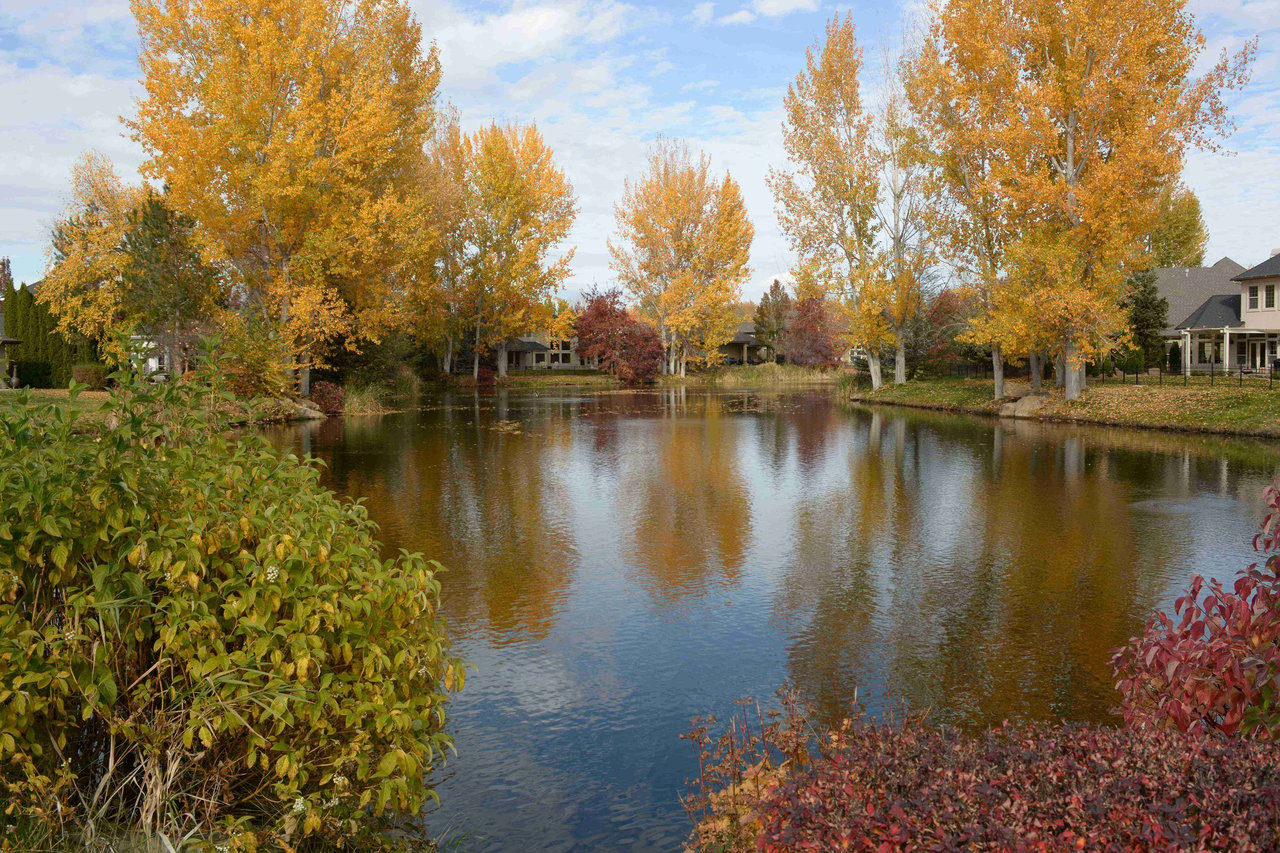

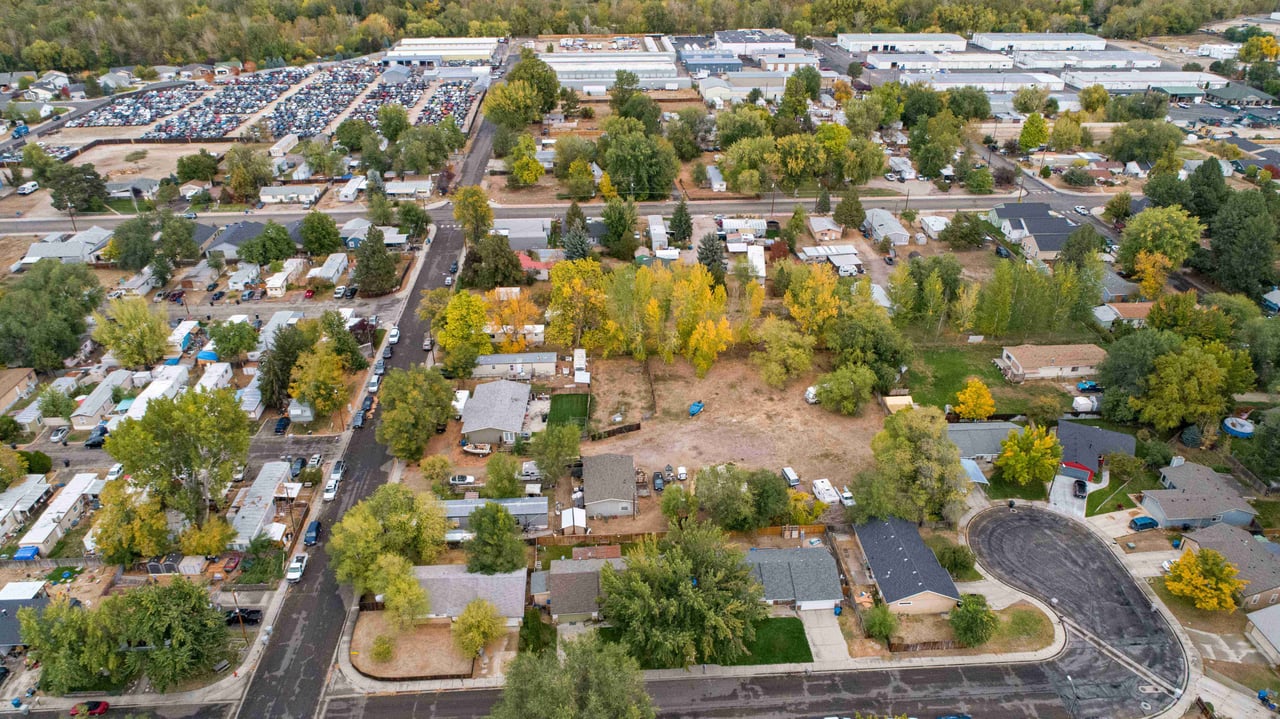

Most well-known for being home to the San Diego Botanic Garden and is the world’s leading grower of poinsettia.
Read More
This neighborhood boasts lush greenery with its multiple parks, a nice break from the hustle of Los Angeles.
Read More
A dynamic coastal city of more than 195,000 residents, located 40 miles south of Los Angeles in Orange County.
Read More
One of the nation’s largest planned urban communities, encompassing more than 55 square miles.
Read More



A coastal gem in Orange County, California, known for its stunning beaches, vibrant art scene, and scenic hiking trails.
Read More
The upscale village lifestyle offers a variety of museums, art galleries, unique shops, incredible restaurants, and plenty of outdoor recreational activities.
Read More
One of the fastest-growing cities in Riverside County offers its estimated 38,045 residents a unique quality of life.
Read More
A community nestled at the base of the majestic Santa Rosa Mountains, just 30 minutes from Palm Springs, in Southern California’s Coachella Valley.
Read More
Offers a unique combination of strategic location, excellent climate, sparkling shoreline, and Southern California lifestyle.
Read More
Best known for being home to the Hollywood entertainment industry and a hub for creative energy.
Read More
From weekly local art shows to big-production performances, the arts are frequently celebrated in the L.A. area.
Read More
This neighborhood is best known for its stunning coastal landscape and highly-rated beaches.
Read More
The city boasts condos, high rises, shops, and the highest density of restaurants in a square-mile area outside of New York City.
Read More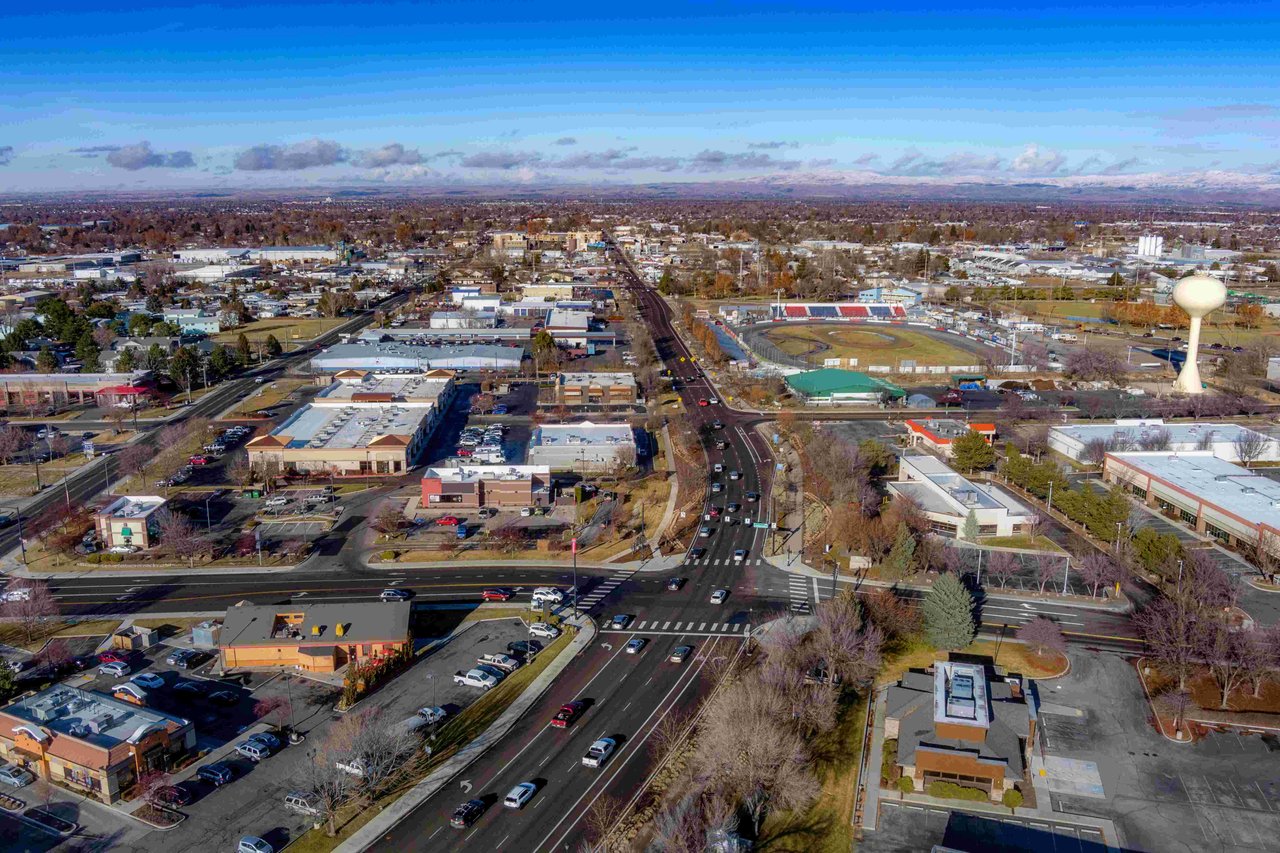


The city is planned and features many single-family homes, condominiums, a college, and a regional mall.
Read More
Scenic, natural beauty and reasonably priced housing continue to attract significant numbers of residents.
Read More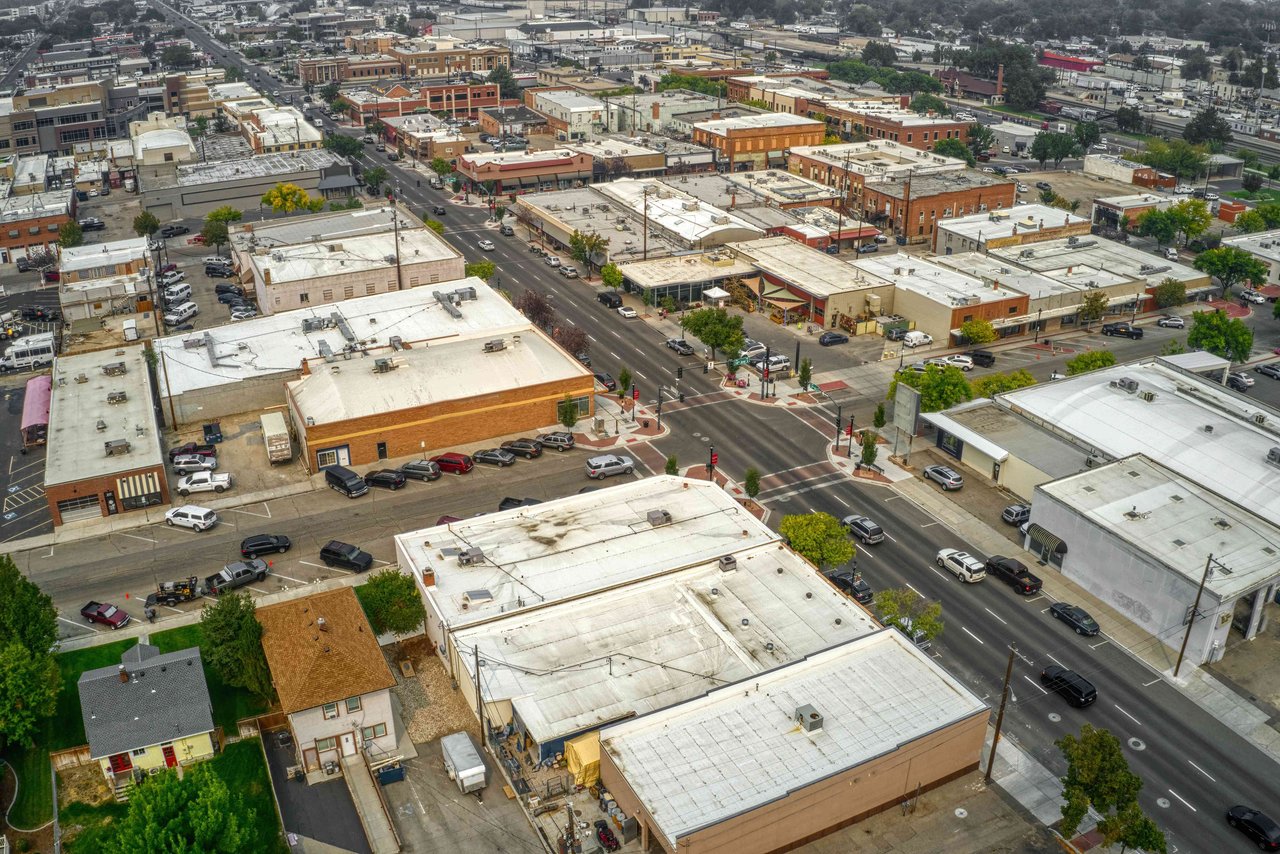

With a population estimated at 83,361, this sparkling beach city is more than a vacation destination.
Read More
This neighborhood is planned to allow for growth, community service, and family values, and has become the economic heart of the Inland Empire.
Read More
Known for its luxurious beachfront estates, high-end cultural lifestyle, and The Happiest Place on Earth.
Read More
You’ll enjoy living here for its serene lifestyle and plenty of outdoor activities to explore throughout the area.
Read More
A city in Riverside County, in the Coachella Valley, approximately 11 miles east of Palm Springs.
Read More
Often described as a small city with the cultural amenities of a metropolitan area.
Read More
Combines sophistication, fun, culture, and charm to make it one of SoCal’s most sought-after real estate gems.
Read More
Here, you’ll explore California's history while enjoying stunning views of the bay and San Diego skyline.
Read More
As part of one of the fastest-growing metropolitan areas, remains one of the safest cities in the country.
Read More
The city’s 16,672 year-round residents and an additional 11,000 winter residents enjoy abundant sunshine, a mild climate, and a resort lifestyle.
Read More
A city in San Bernardino County that has the fingerprints of its early residents apparent in the culture of the community.
Read More
The county’s most notable destinations for vacations from daily life include Palm Springs, Palm Desert, and Perris.
Read More
Tucked in the San Bernardino foothills in the eastern portion of the San Bernardino Valley.
Read More
Spanning the length of the San Bernardino Mountains to the Nevada border, this county has much to offer its residents and its visitors alike.
Read More
Diversity, beauty, safety, and comfort all combine to make San Diego a truly unique and amazing place to call home.
Read More
Immediately sought-after destinations by all who visit the county include Balboa Park, Sea World, and The San Diego Wild Animal Park.
Read More
Its world-renowned boardwalk attracts tourists and residents alike and is great for joggers, bikers, and walkers.
Read More
This neighborhood has a quaint, small-town atmosphere, featuring the second-longest pier in California.
Read More
Competitive urban market with diverse neighborhoods. We offer smart marketing for sellers and strong guidance for buyers.
Read More
This neighborhood features 1.7 miles of beautiful coastline, perfect for swimming, surfing, and relaxing.
Read More
Affordable homes and fast growth. Great for first-time buyers, families, and investors.
Read More

Historic charm with waterfront views. A top pick for long-term growth and lifestyle living.
Read More
Well known for its hot air balloon rides and tours, floating over wineries and desert terrain.
Read More
Referred to as 'the city of trees,' due to the tree-lined streets and the indigenous massive, white-barked sycamore trees that pepper the city.
Read More
This unique city provides recreational programs and community services designed to enrich the quality of life.
Read More
Tax-smart living near Portland. Popular with relocating families and remote professionals.
Read More
It sits at the high point between Los Angeles and Las Vegas, also known as the High Desert Region.
Read More
Living here offers residents a more suburban environment while still having access to all that San Diego has to offer.
Read More
Money Magazine noted this neighborhood as one of the nation’s best places to retire in 2006.
Read More
A mature, well-established community nestled in the foothills of the San Bernardino Mountains in San Bernardino County.
Read More
Just 25 minutes from Palm Springs, characterized by moderate temperatures, clean air, and twinkly nights.
Read More
$579,000

$1,450,000

$3,850,000

$575,000

$880,000

$745,000
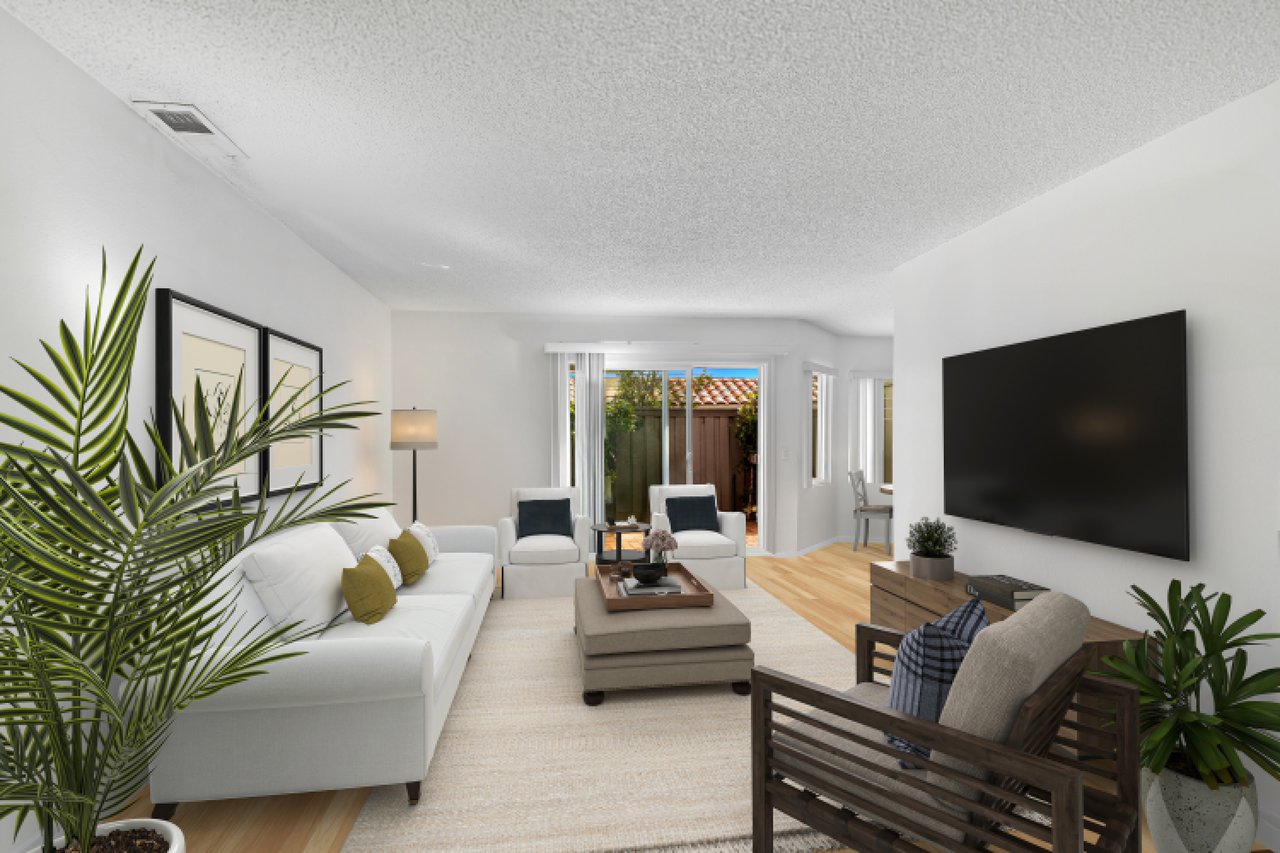
$799,000

$1,799,900

$699,900

$1,398,000

$1,199,000

$739,000

$10,900,000

$9,500,000

$8,250,000

$7,990,000

$7,495,000

$7,495,000

$7,249,000

$6,999,999

$6,999,999

$6,995,000

$6,700,000

$5,999,000

$5,999,000

$5,595,000

$5,500,000

$5,188,000

$4,950,000

$4,689,000

$4,689,000

$4,495,000

$4,447,000

$4,400,000

$4,190,000

$3,998,000

$3,900,000

$3,850,000

$3,795,000

Exclusive Listing

$3,600,000

$3,500,000

$3,500,000

$3,499,888

$3,499,000

$3,499,000

$3,499,000

$3,495,000

$3,495,000

$3,400,000

$3,400,000

$3,399,000
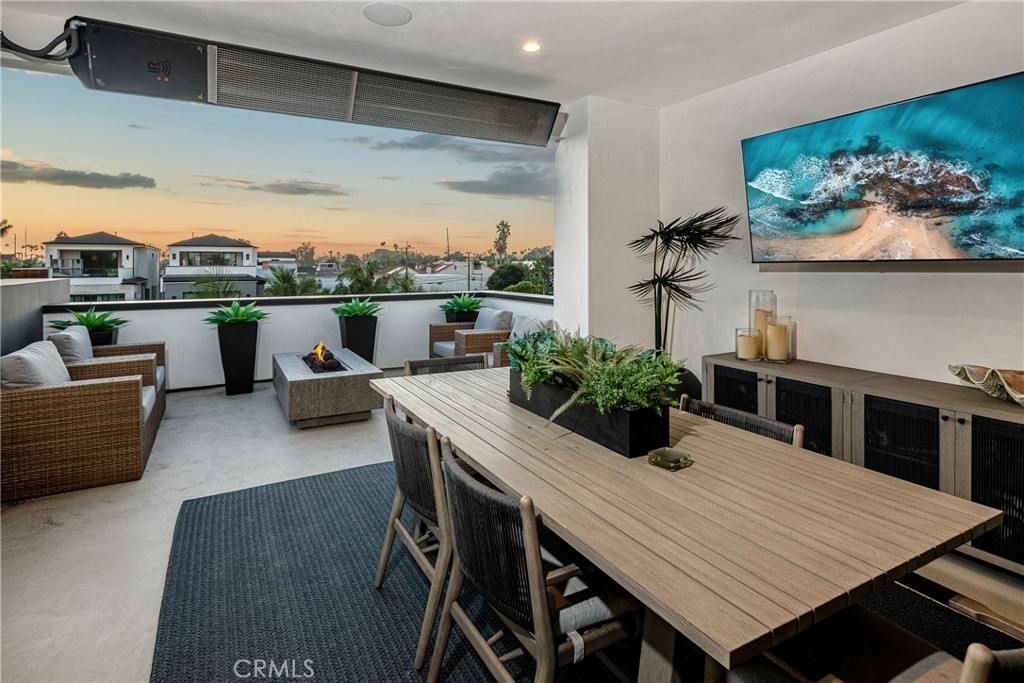
$3,350,000

$3,299,000

$3,295,000

$3,275,000

$3,245,000

$3,195,000

$3,180,000

$3,180,000

$549,950
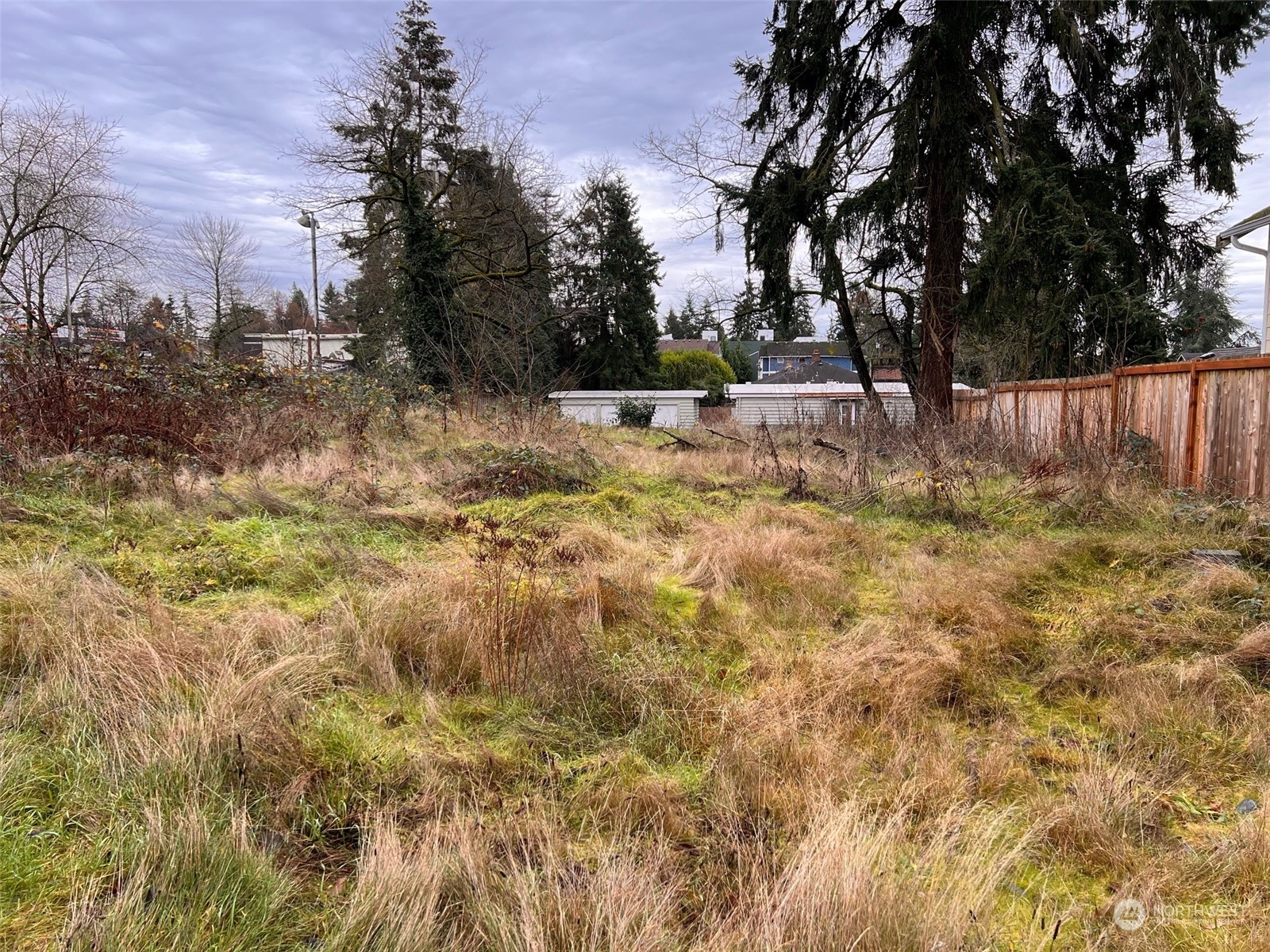
$425,000
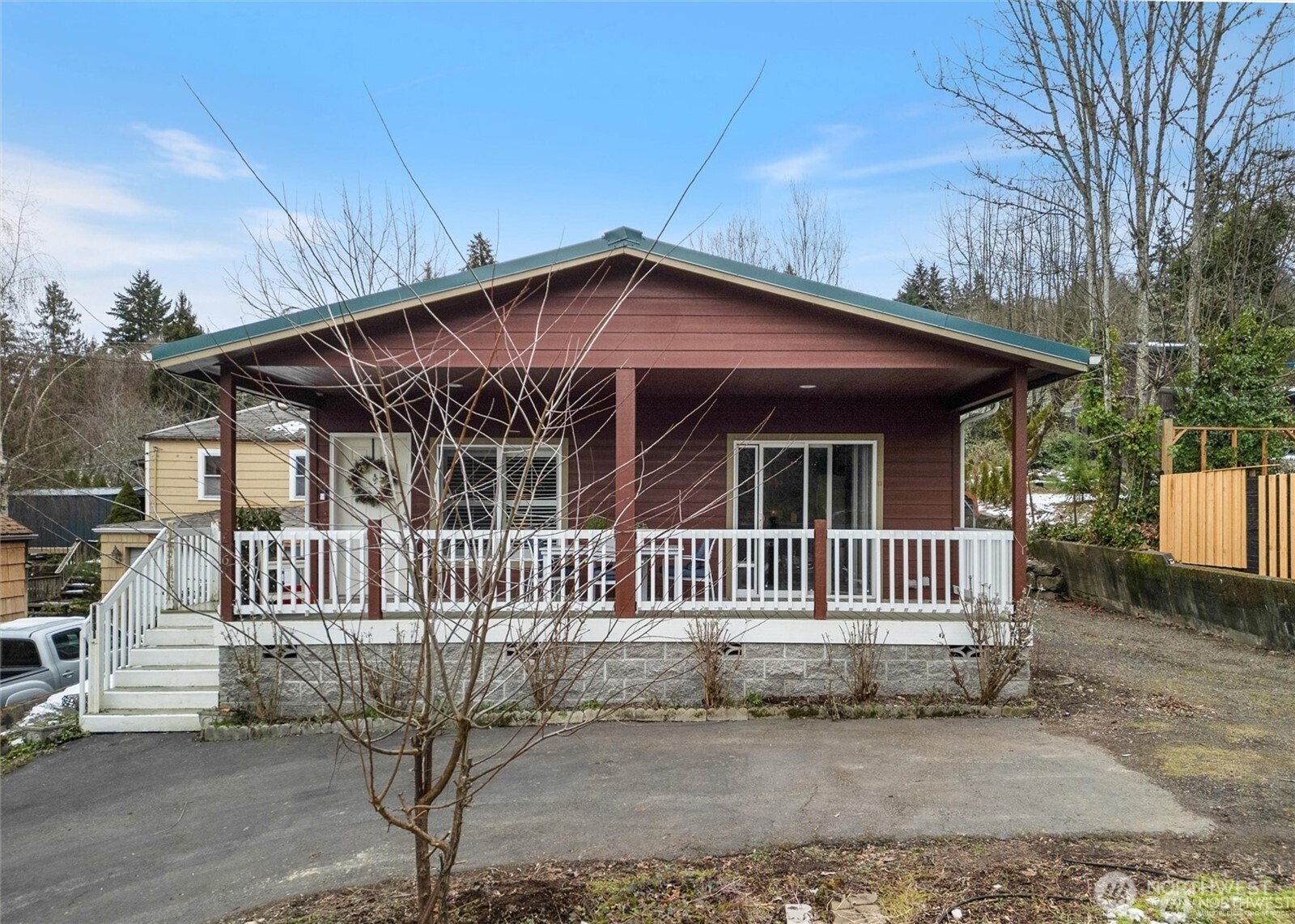
$399,999

$3,200/mo
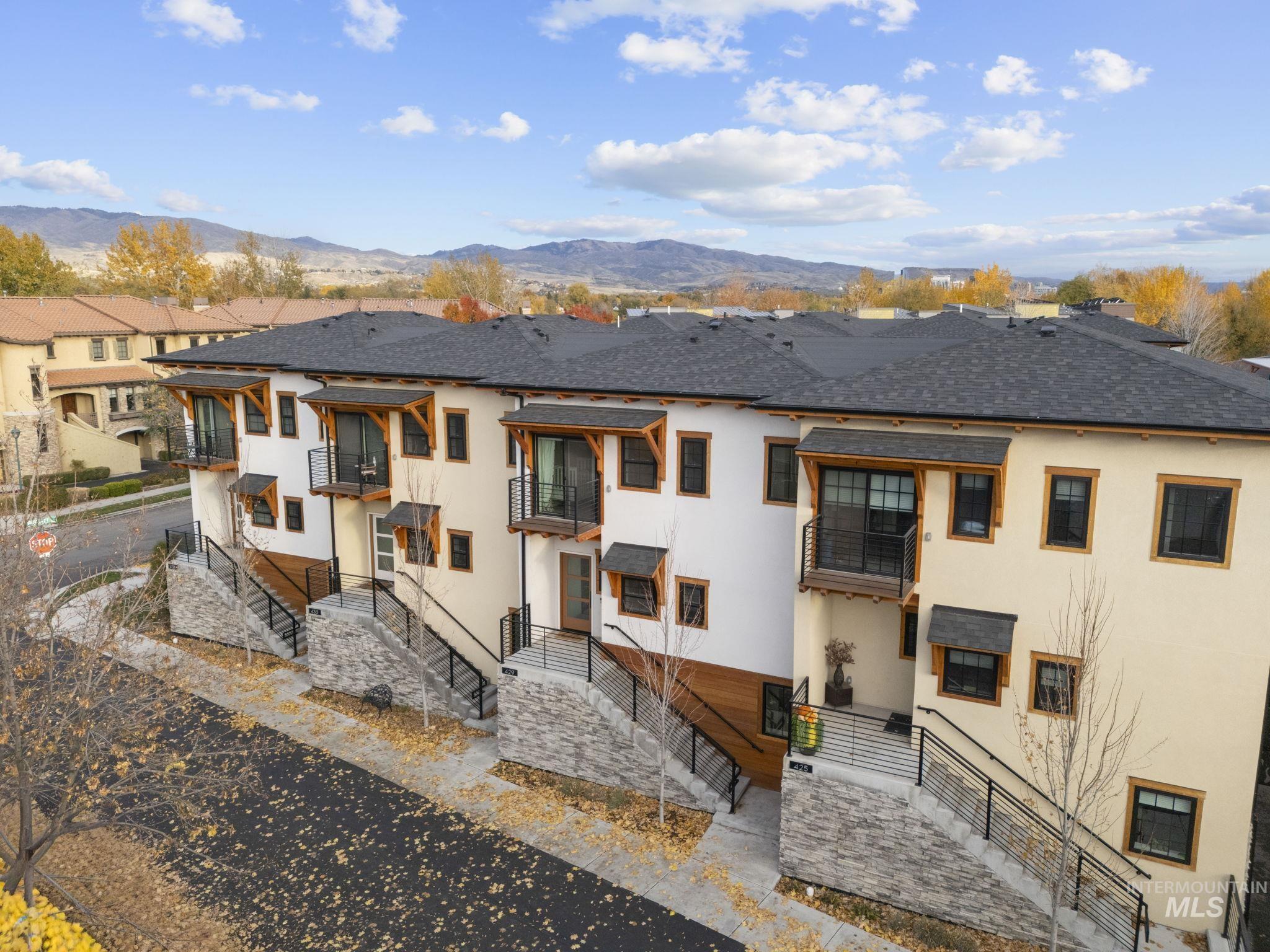
$750,000
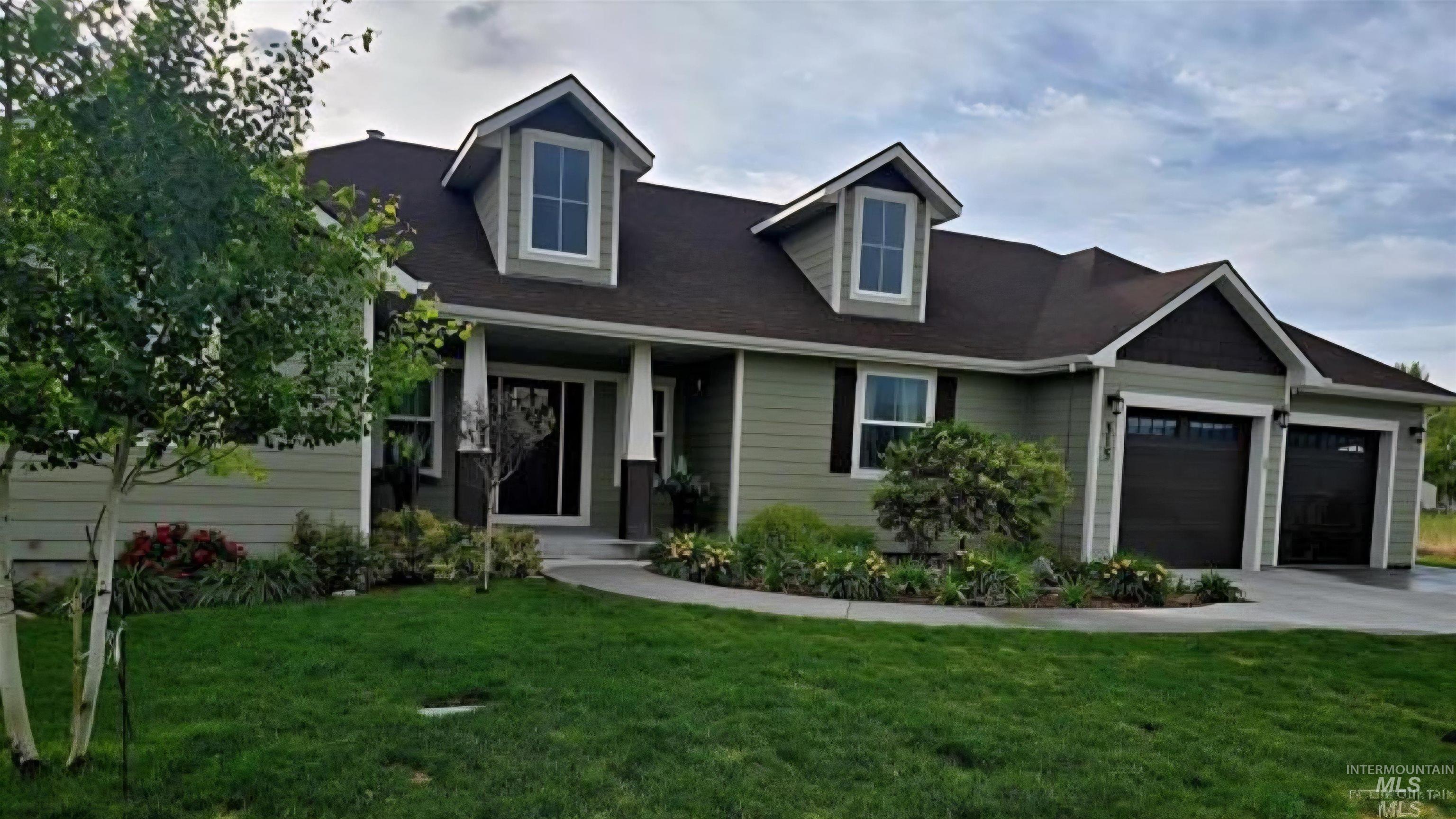
$535,000

$498,000
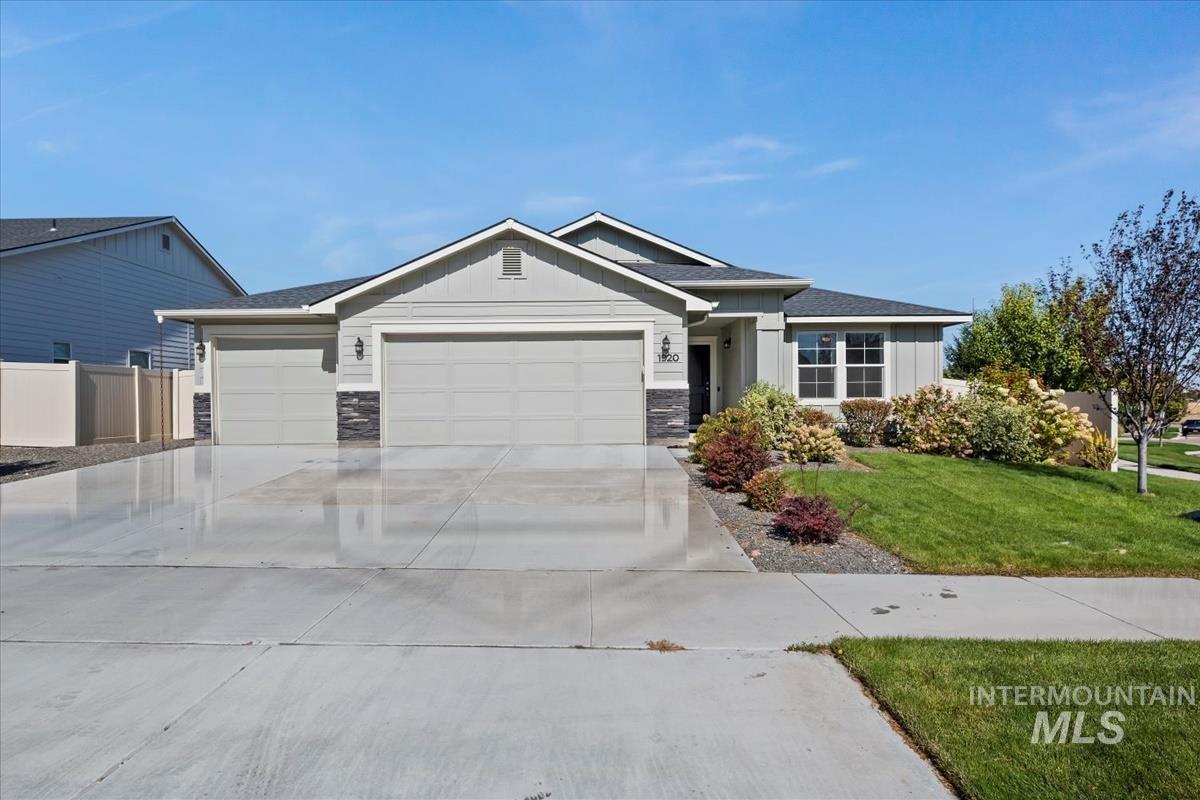
$490,000

$445,000
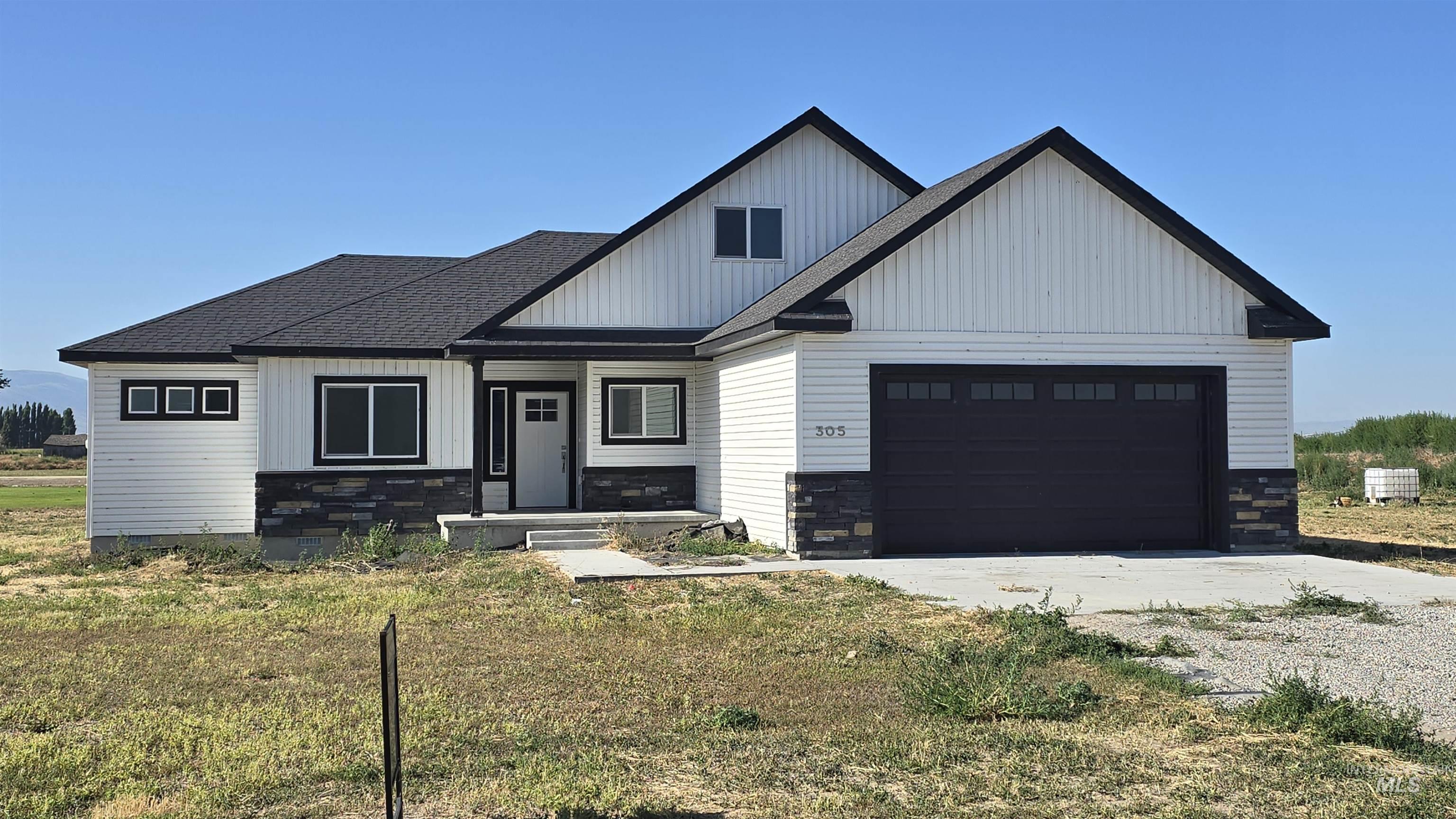
$435,000
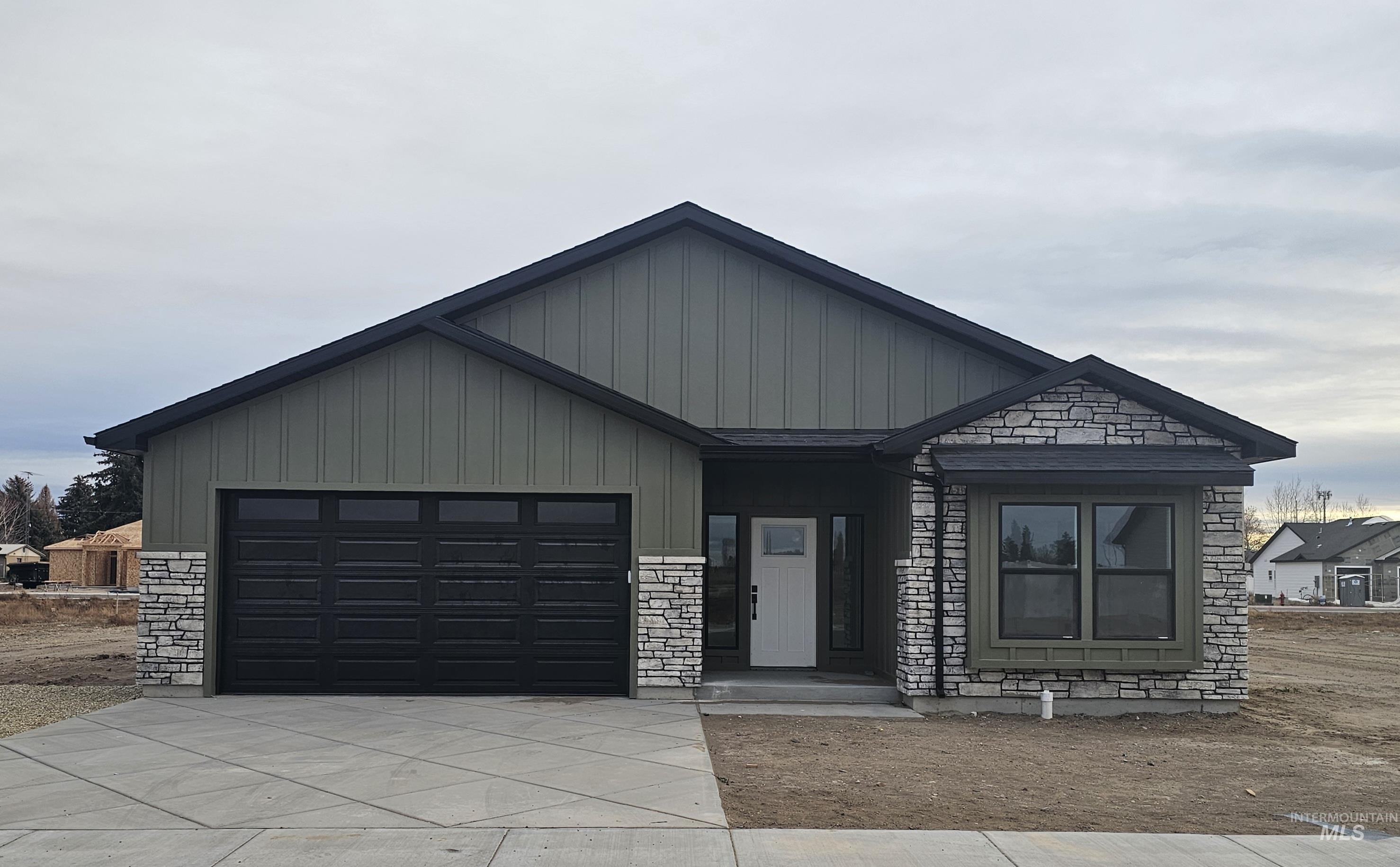
$415,000
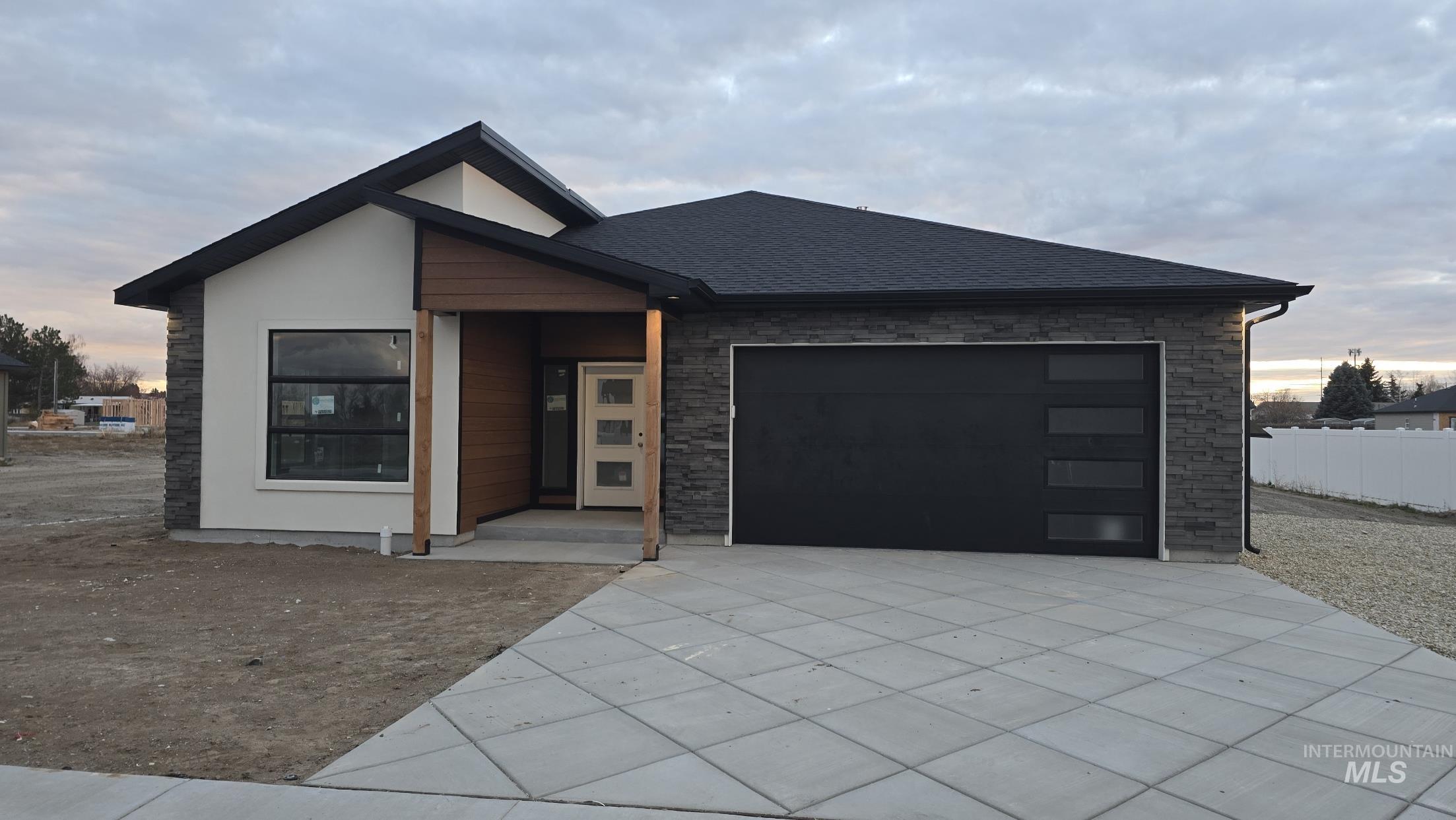
$415,000
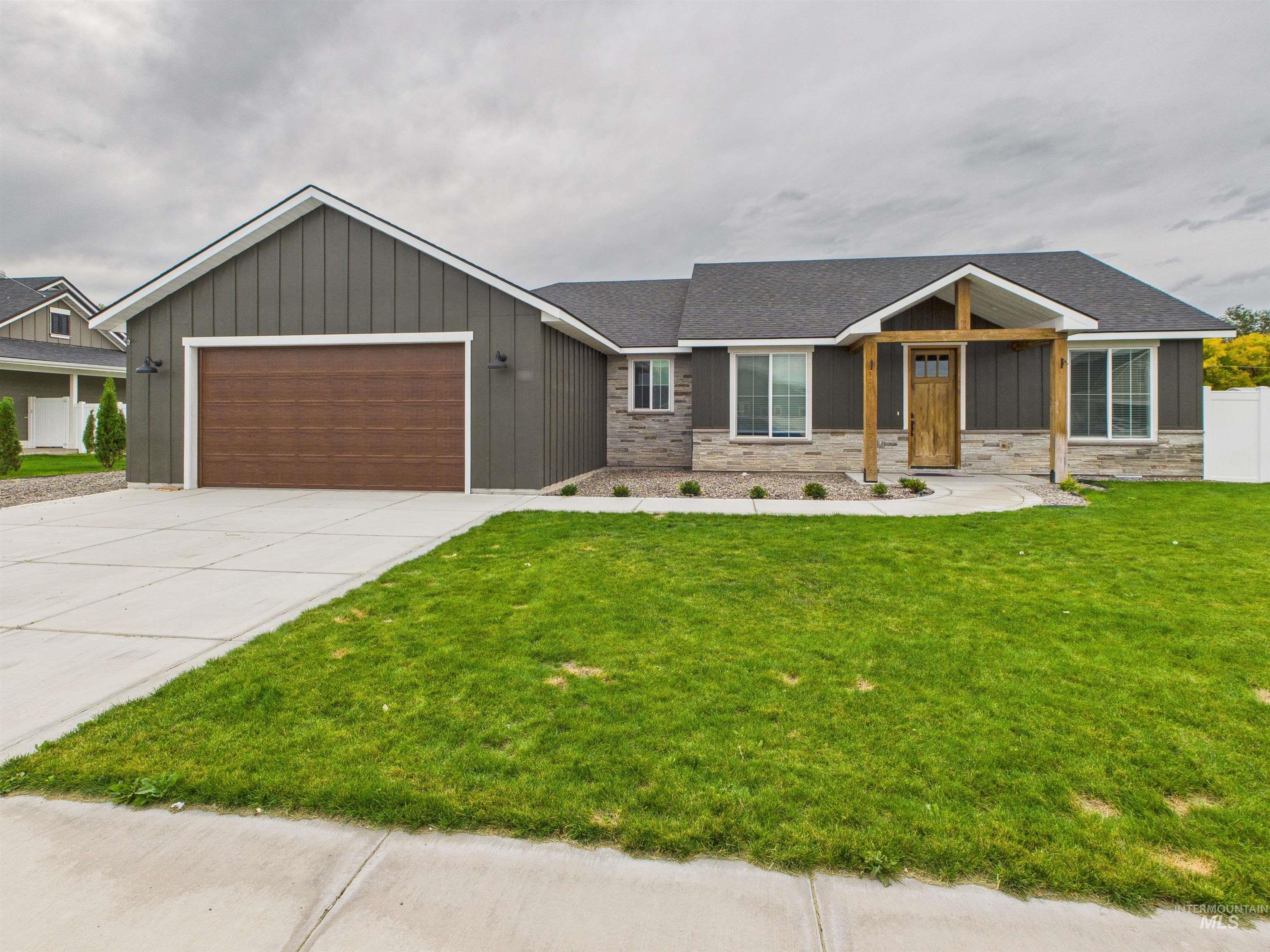
$410,000
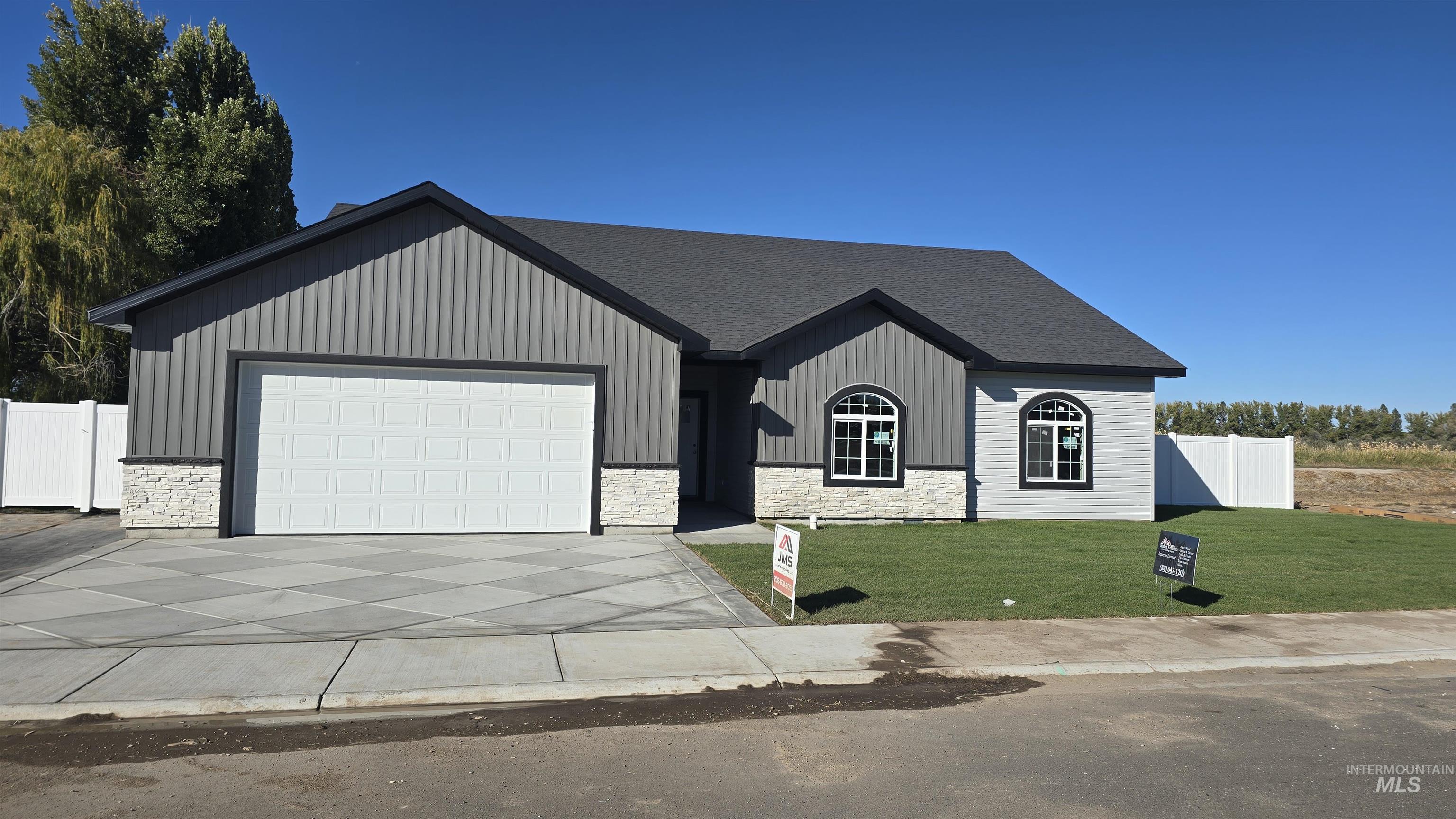
$369,000
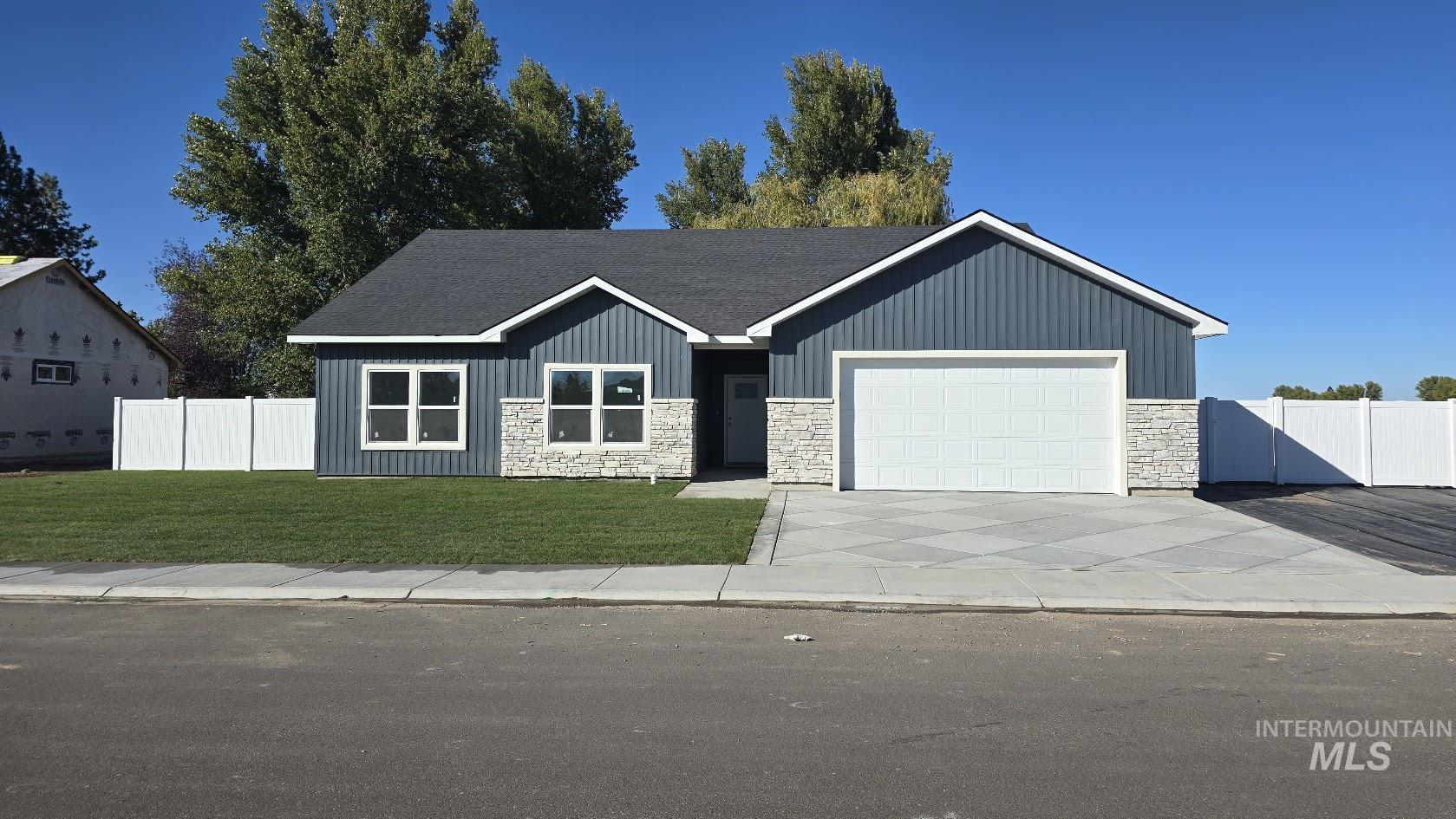
$369,000
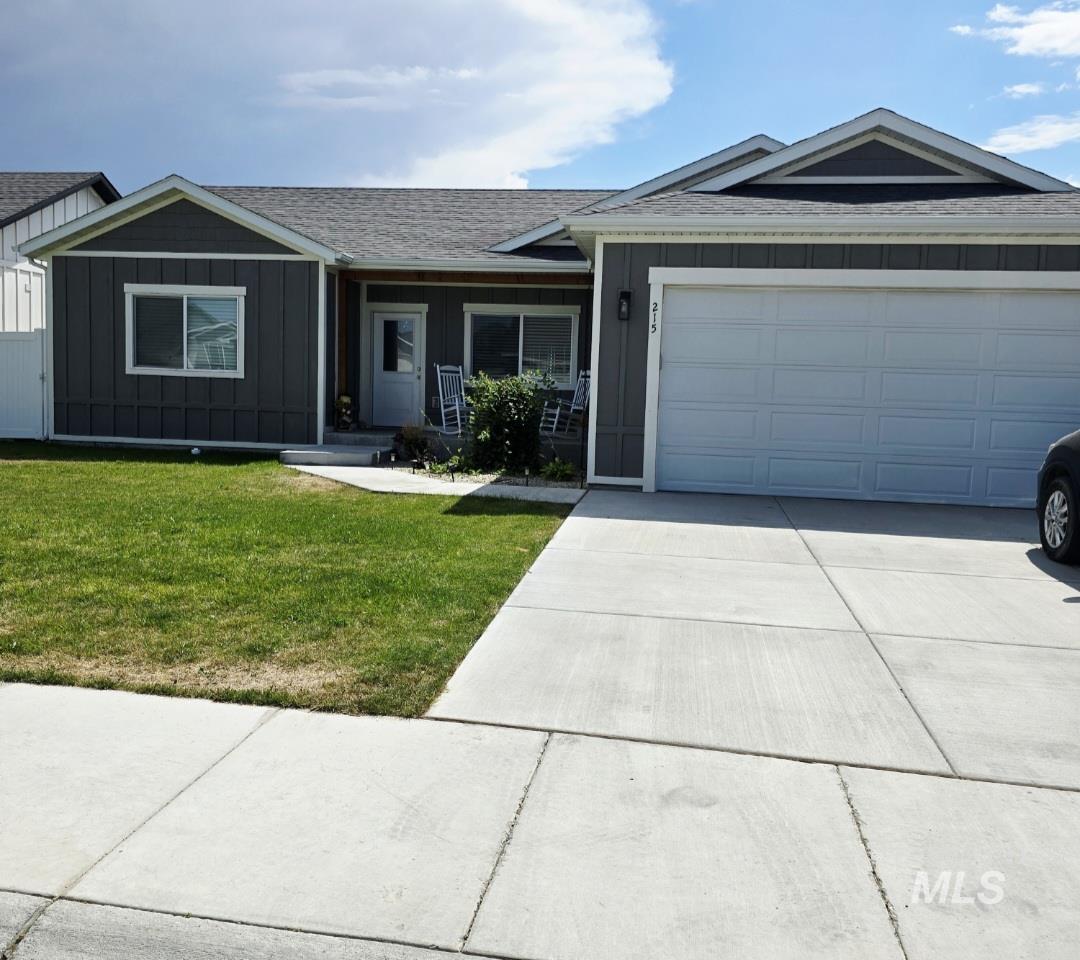
$352,900
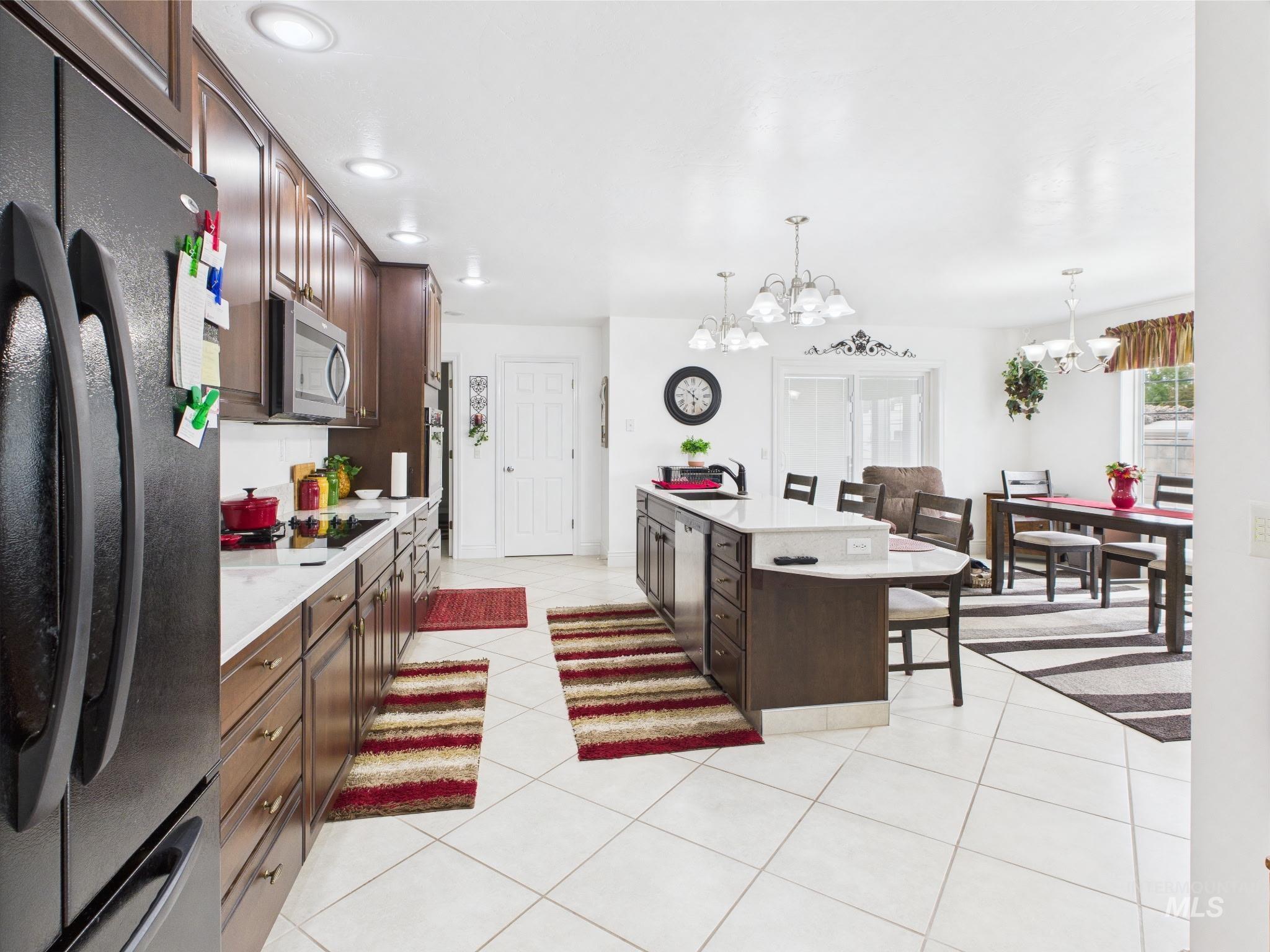
$345,000
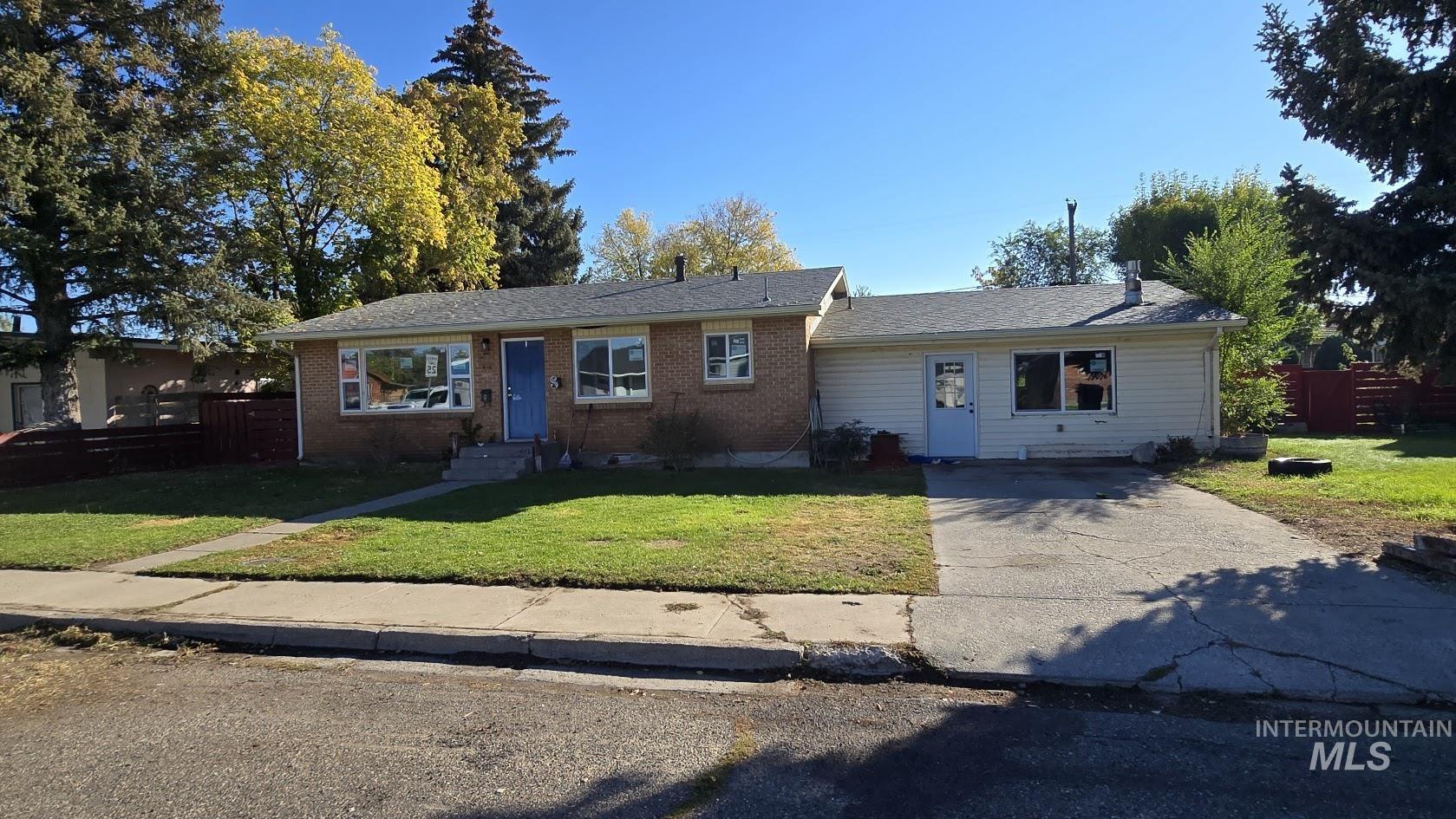
$345,000
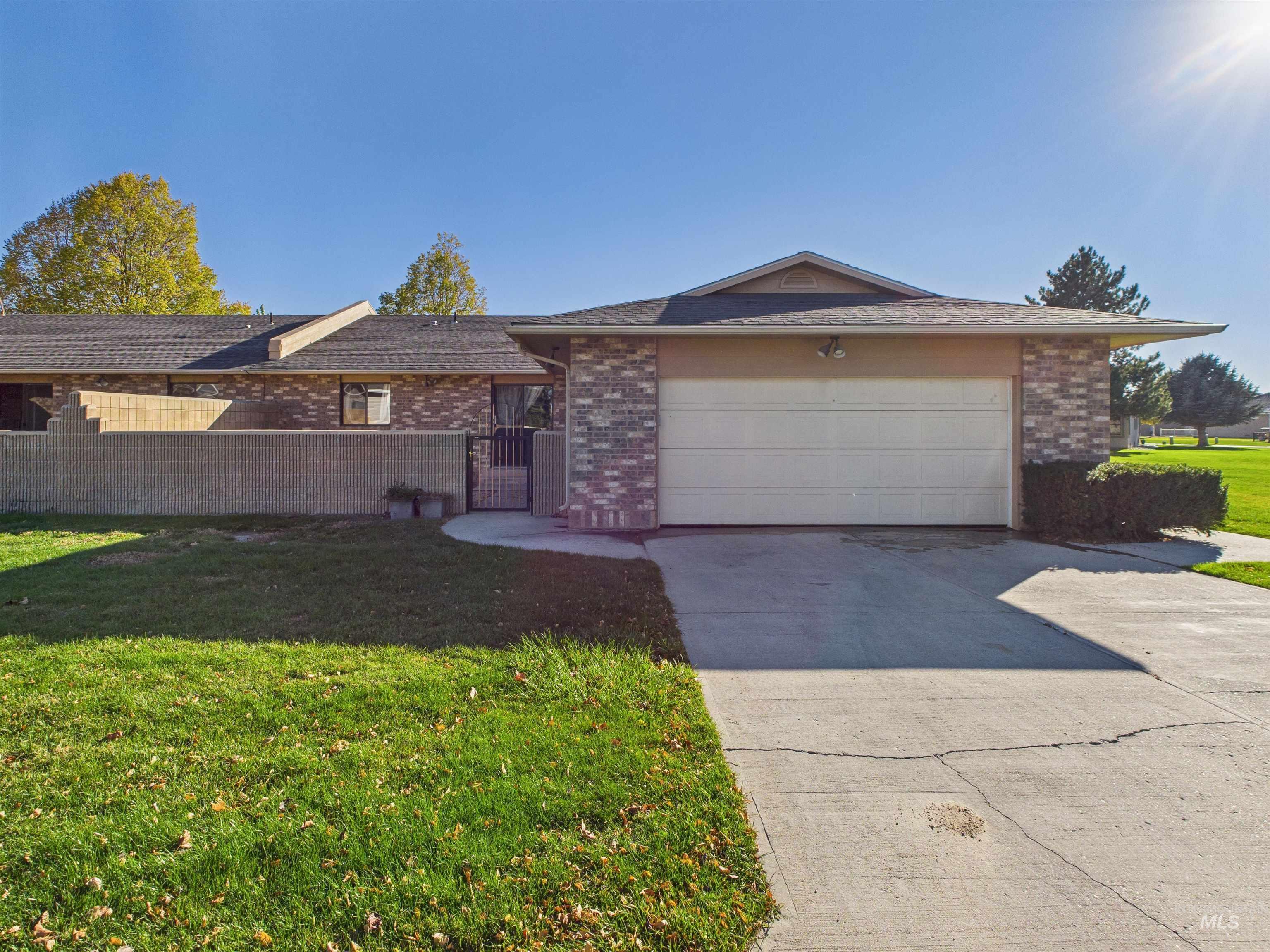
$335,000
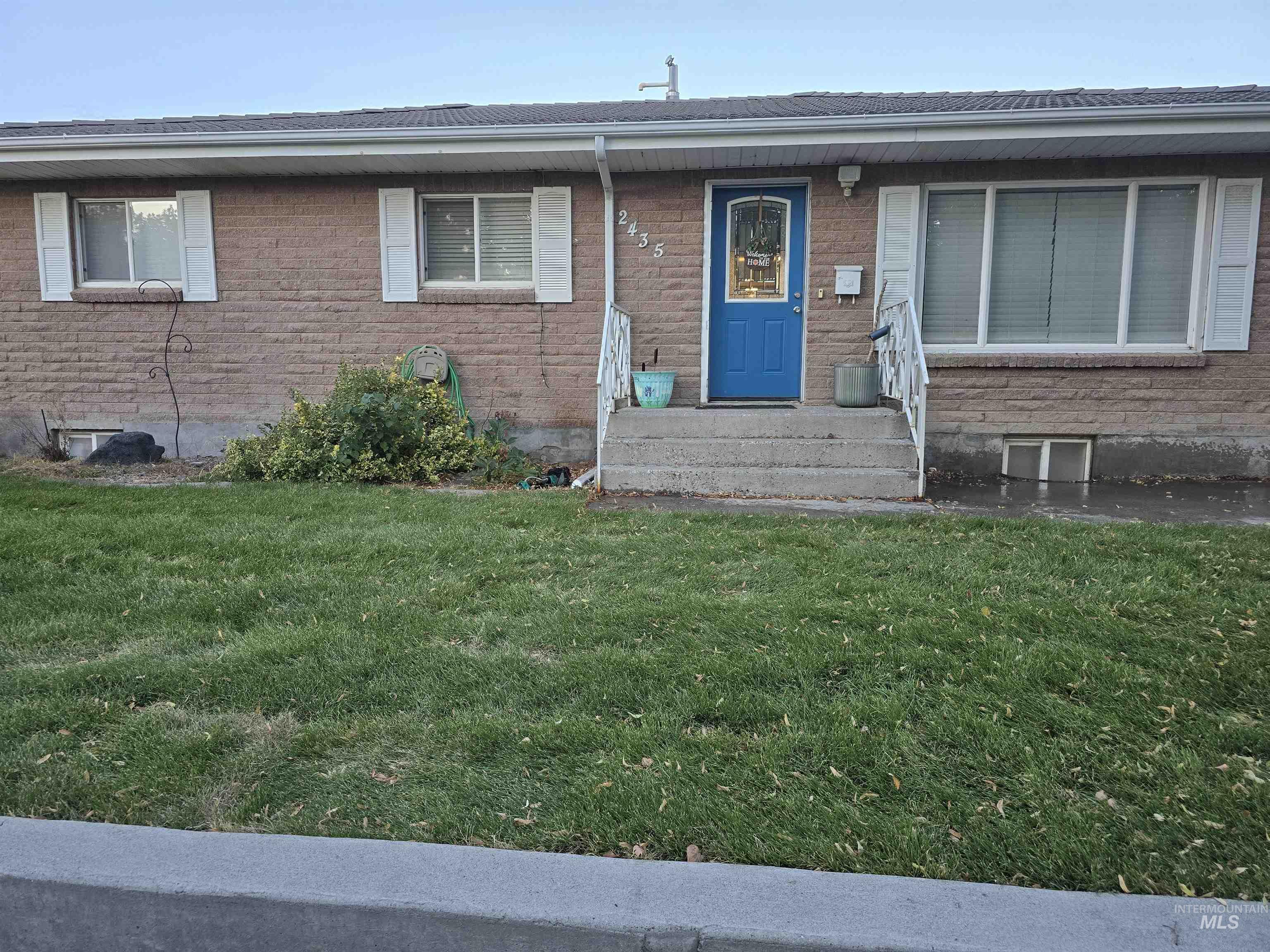
$330,000
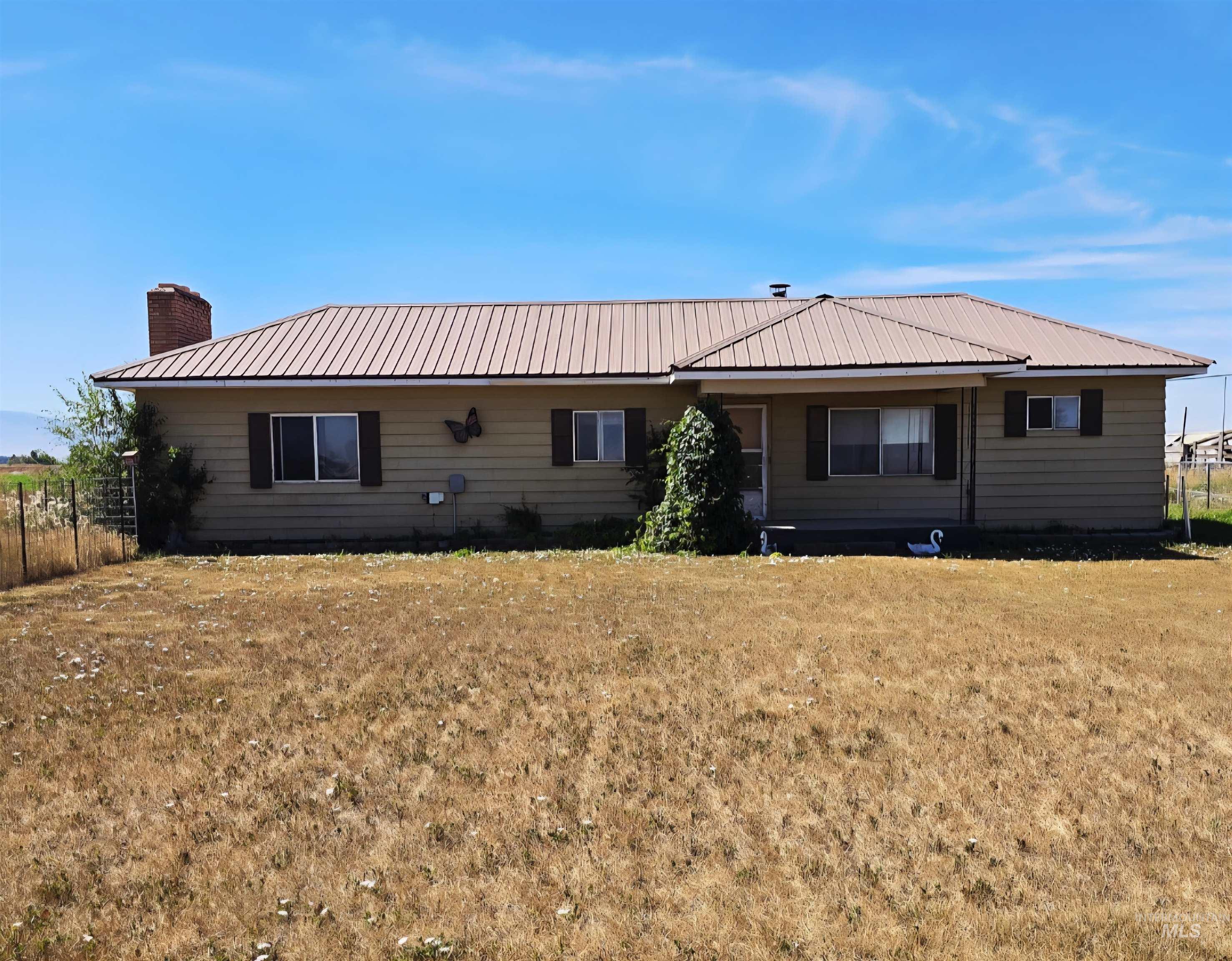
$330,000
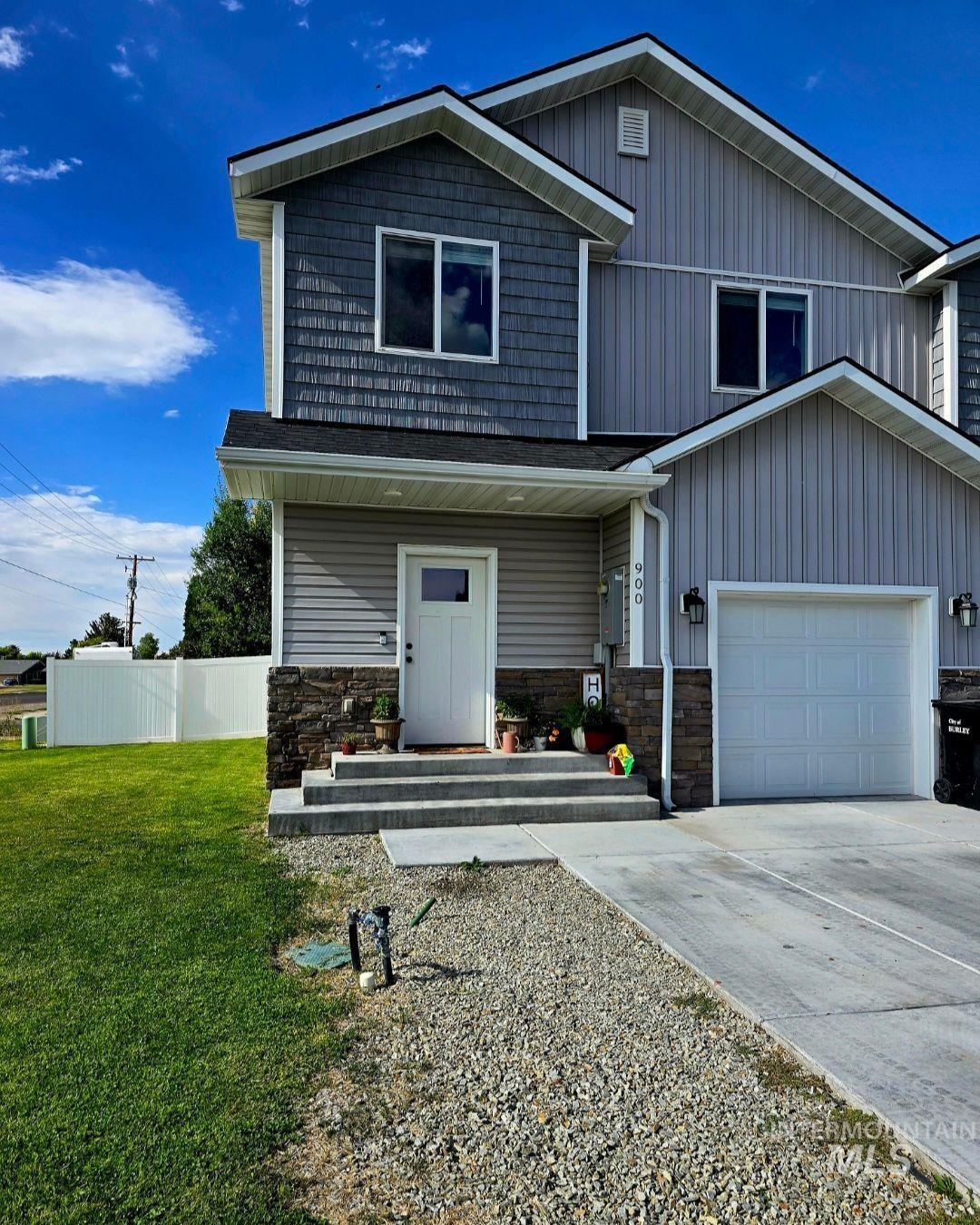
$325,000

$285,000
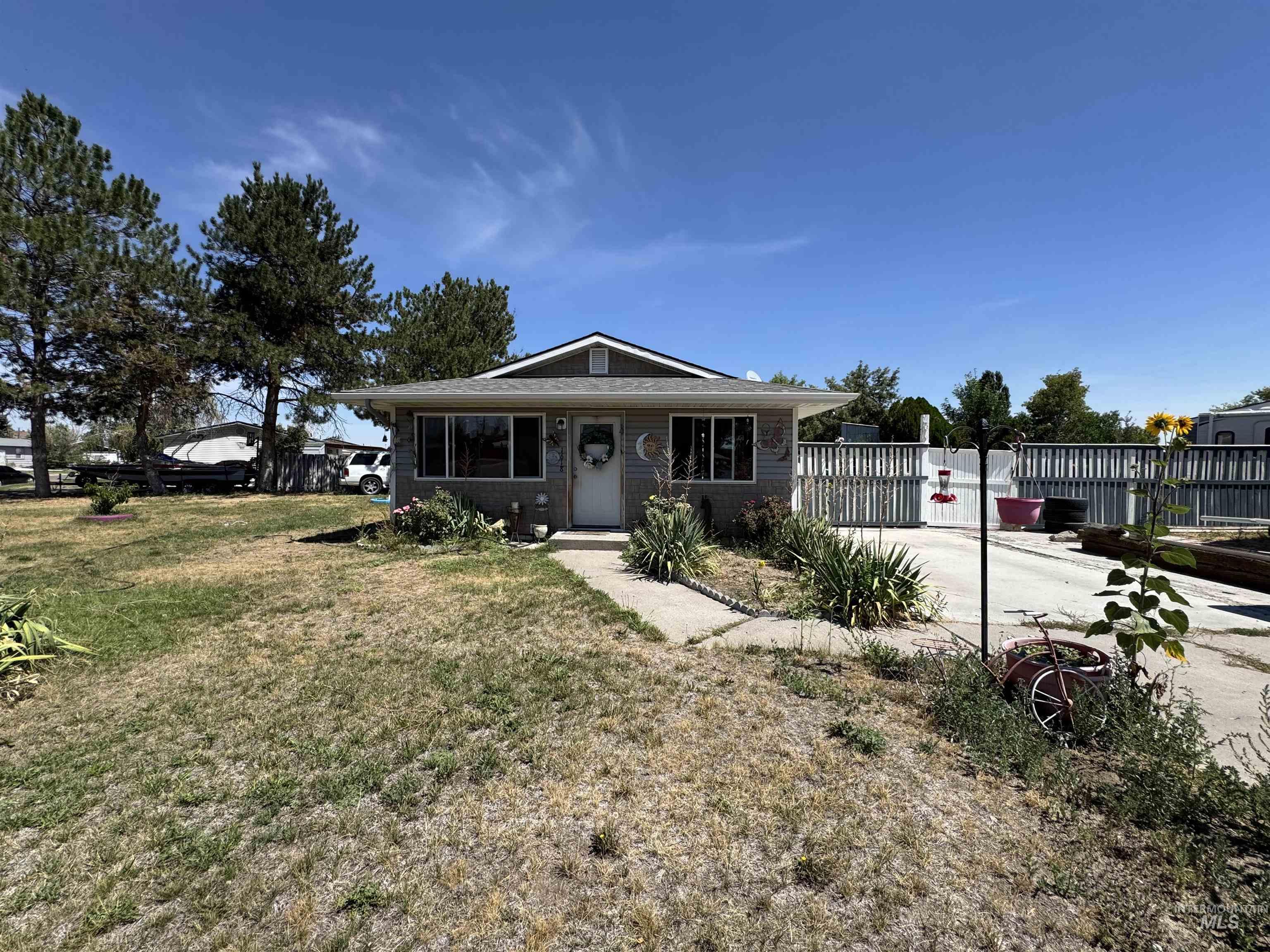
$255,000

$242,000

$238,500
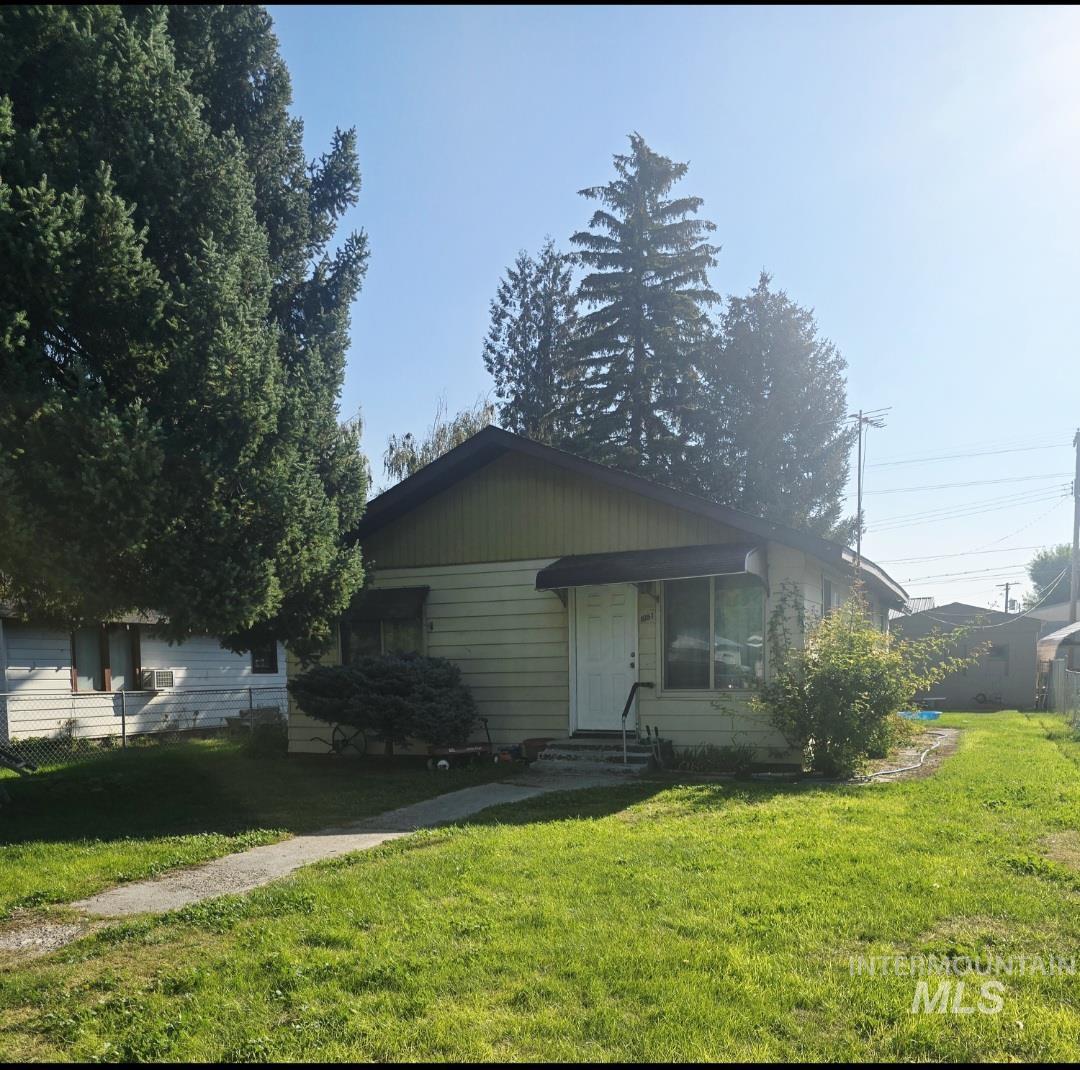
$235,000

$180,000

$75,000
 For Sale
For Sale

$10,900,000
7104 W Oceanfront, Newport Beach, CA 92663
 For Sale
For Sale

$9,500,000
1918 Santiago Drive, Newport Beach, CA 92660
 For Sale
For Sale
$8,250,000
1931 S Pacific Street, Oceanside, Oceanside, CA 92054
 For Sale
For Sale

$7,990,000
1931 S Pacific Street, Oceanside, CA 92054
 For Sale
For Sale

$7,495,000
1909 S Pacific Street, Oceanside, CA 92054
 For Sale
For Sale
$7,495,000
1909 S Pacific Street, Oceanside, Oceanside, CA 92054
 For Sale
For Sale

$7,249,000
350 Roughrider Road, La Verne, CA 91750
 For Sale
For Sale

$6,999,999
27353 Pacific Coast Highway, Malibu, CA 90265
 For Sale
For Sale

$6,999,999
27353 Pacific Coast Highway, Malibu, CA 90265


$10,900,000
7104 W Oceanfront, Newport Beach, CA 92663


$9,500,000
1918 Santiago Drive, Newport Beach, CA 92660


$8,250,000
1931 S Pacific Street, Oceanside, Oceanside, CA 92054


$7,990,000
1931 S Pacific Street, Oceanside, CA 92054


$7,495,000
1909 S Pacific Street, Oceanside, CA 92054


$7,495,000
1909 S Pacific Street, Oceanside, Oceanside, CA 92054


$7,249,000
350 Roughrider Road, La Verne, CA 91750


$6,999,999
27353 Pacific Coast Highway, Malibu, CA 90265


$6,999,999
27353 Pacific Coast Highway, Malibu, CA 90265


$6,995,000
30932 Steeplechase, San Juan Capistrano, CA 92675


$6,700,000
25102 Alicia Drive, Dana Point, CA 92629


$5,999,000
5729 Grandview Avenue, Yorba Linda, CA 92886


$5,500,000
11755 Collar Avenue, Tustin, CA 92782


$5,188,000
32182 Sea Island Drive, Dana Point, CA 92629


$4,950,000
23524 Pico Avenue, Menifee, CA 92585


$4,689,000
26012 Horseshoe Circle, Laguna Hills, CA 92653


$4,689,000
26012 Horseshoe Circle, Laguna Hills, CA 92653


$4,495,000
30732 Paseo Del Niguel, Laguna Niguel, CA 92677


$4,447,000
115 Sky Hts, Irvine, CA 92602


$4,400,000
33771 Via Capri, Dana Point, CA 92629


$4,190,000
44195 Sunset Terrace, Temecula, CA 92590


$3,998,000
1828 Pine, Huntington Beach, CA 92648


$3,900,000
34781 Camino Capistrano, Dana Point, CA 92624


$3,850,000
2525 Ocean Boulevard C-1, Corona Del Mar, CA 92625


$3,795,000
25 Clancy Lane Estates, Rancho Mirage, CA 92270




$3,499,888
107 Somera, Irvine, CA 92602


$3,499,000
12760 Green Valley Road, Sebastopol, CA 95472


$3,499,000
2081 Elevado Road, Vista, CA 92084


$3,495,000
26632 Alsace Drive, Calabasas, CA 91302

$999,999,999
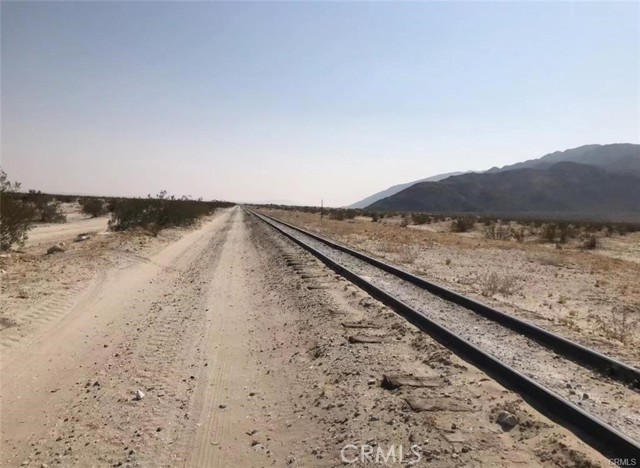
$999,999,999

$175,000,000

$137,500,000

$135,000,000

$125,000,000

$125,000,000

$125,000,000
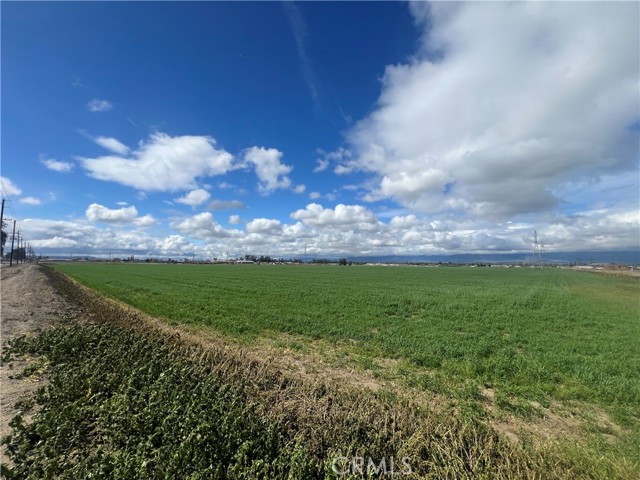
$112,620,000

$110,000,000

$110,000,000

$108,000,000

With over 30 real estate offices, more than 2,000 local agents, and a robust support staff, we are committed to providing our agent family with the tools, support, and solutions needed to continually grow their business and remain one step ahead of the competition at all times.

With over 53+ real estate office locations, 2,200+ local agents, and a robust support staff, we are committed to providing our agent family with the tools, support, and solutions needed to continually grow their business and remain one step ahead of the competition at all times.






















4 Corporate Plaza Ste 100 Newport Beach CA 92660
4 Corporate Plaza Ste 100 Newport Beach CA 92660